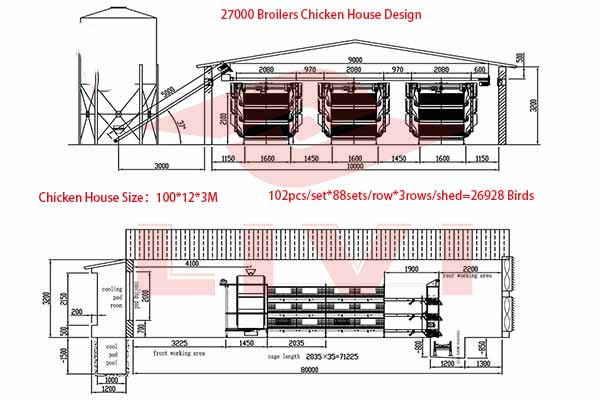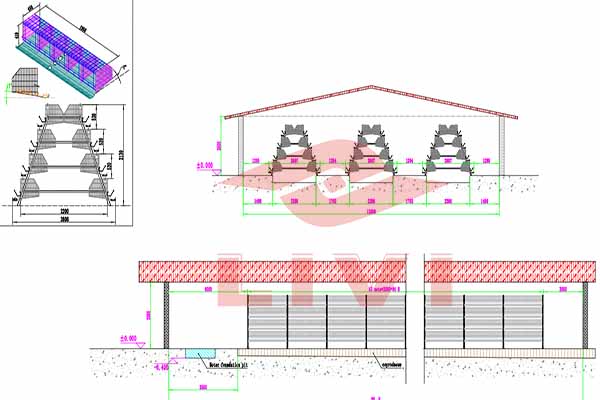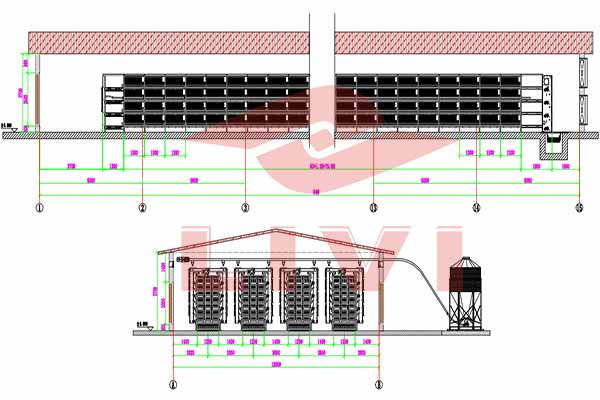Optimizing Chicken Battery Cages for 140,000 Chickens in Pakistan
As the poultry industry in Pakistan continues to grow, large-scale chicken farming operations are increasingly becoming the norm. With the capacity to house up to 140,000 chickens, these battery cages require careful planning and strategic implementation to ensure efficient and humane conditions. In this article, we will explore the best practices for setting up chicken battery cages for such a massive scale, focusing on design, ventilation, and maintenance.
Design Considerations for 140,000 Chicken Battery Cages
When planning to house 140,000 chickens in battery cages, it is crucial to have a well-thought-out design. The following factors should be considered:
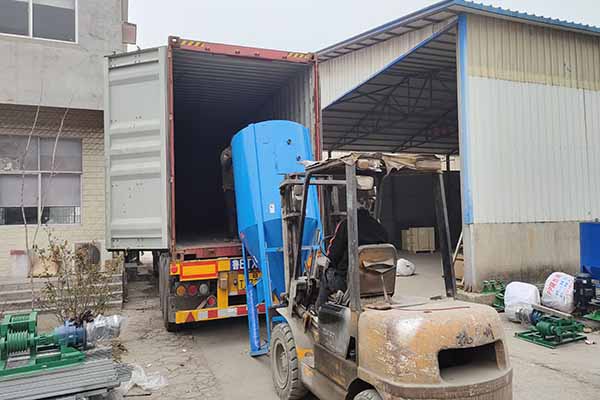
- Space Allocation: Each chicken should have adequate space to move around. A standard recommendation is 0.5 square feet per bird.
- Cage Size: The size of the battery cage should be proportional to the number of chickens it will house. A typical cage measures 3 feet long, 2 feet wide, and 2 feet high.
- Material: High-quality steel or galvanized wire is recommended for durability and easy cleaning.
- Egg Collection System: An efficient egg collection system is essential to minimize the risk of eggs being stepped on or broken.
For a 140,000 chicken operation, a layout with multiple rows of battery cages is recommended. This layout should be designed to ensure easy access for feeding, watering, and cleaning.
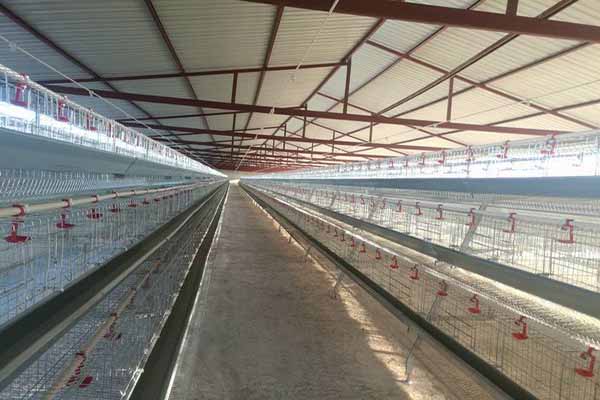
Ventilation and Temperature Control
Proper ventilation and temperature control are critical for the health and productivity of the chickens. Here are some key points to consider:
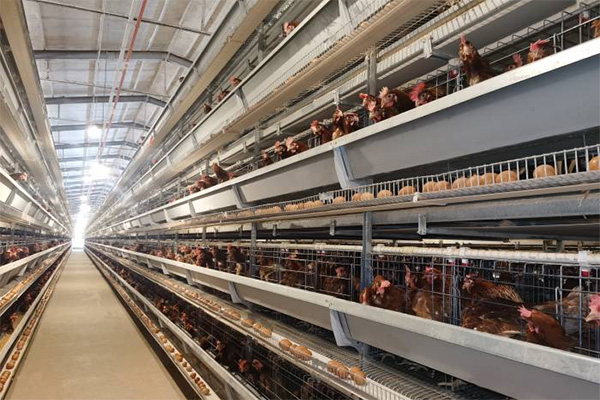
- Airflow: Ensure that there is sufficient airflow through the battery cages to prevent heat stress and ammonia buildup.
- Temperature Regulation: Maintain a consistent temperature range of 70-75°F (21-24°C) for optimal growth and egg production.
- Humidity Control: Keep humidity levels between 40-60% to prevent respiratory issues and ammonia odors.
Investing in automated ventilation systems can help maintain these conditions efficiently and reduce labor costs.
Maintenance and Sanitation
Regular maintenance and sanitation are crucial for the success of a large-scale chicken farming operation. Here are some key maintenance practices:
- Cleaning: Clean the battery cages regularly to remove droppings and reduce the risk of disease.
- Disinfection: Disinfect the cages and equipment to eliminate harmful bacteria and viruses.
- Inspection: Regularly inspect the chickens for signs of illness or injury and provide necessary care.
Implementing a comprehensive biosecurity program can further minimize the risk of disease outbreaks.
Conclusion
Setting up chicken battery cages for 140,000 chickens in Pakistan requires careful planning, efficient design, and regular maintenance. By following the best practices outlined in this article, you can ensure a successful and profitable poultry operation.
Are you looking to optimize your chicken battery cages? Contact us today for a free chicken farming design and equipment quote from LIVI Machinery. Let our experts help you create a sustainable and profitable poultry business.


